Nature's Blueprint: Unveiling the Wonders of Biomimicry
![]() Bhargav Jois | 20-Dec-2023
Bhargav Jois | 20-Dec-2023
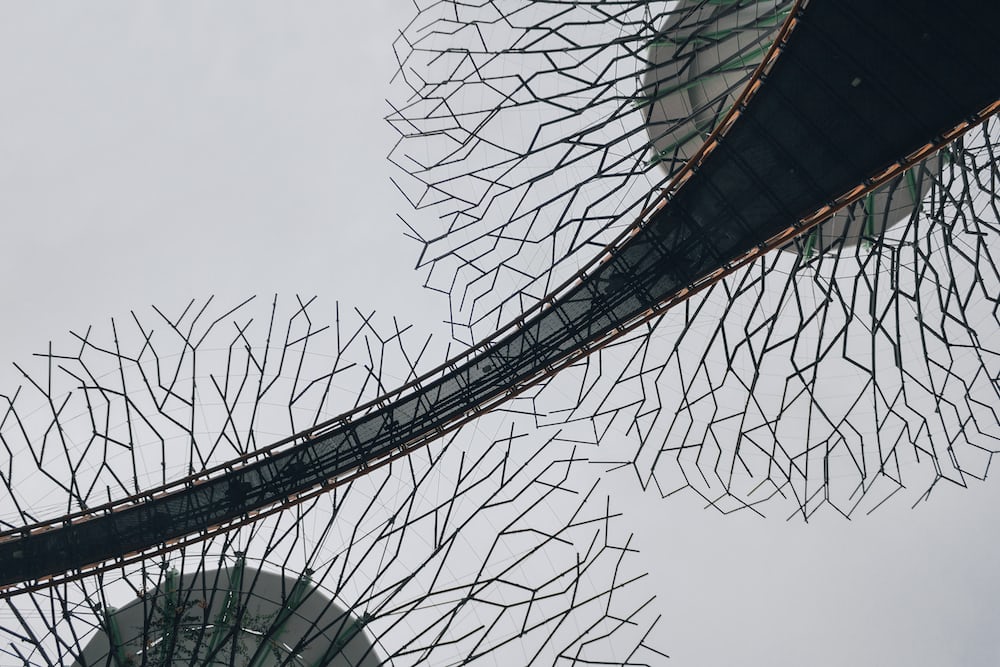
In the realm of scientific innovation, biomimicry serves as a bridge between nature's time-tested designs and cutting-edge technology. This field harnesses the wisdom embedded in the natural world to inspire solutions that address some of humanity's most pressing challenges.
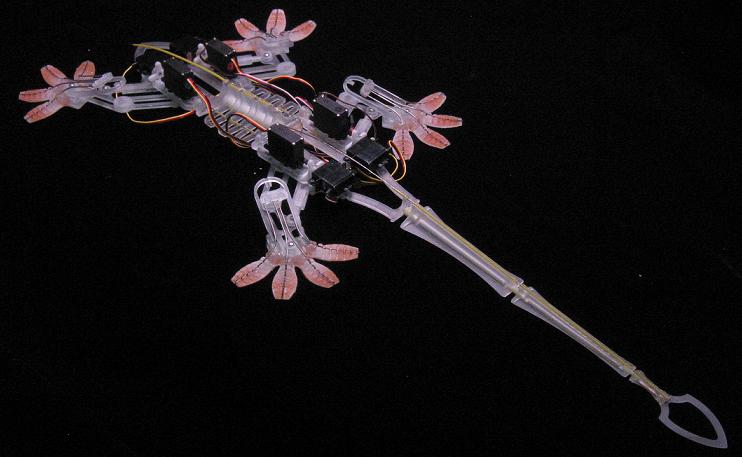
The gecko's remarkable ability to climb vertical surfaces has inspired the development of advanced adhesive technologies. Scientists have studied the microscopic structures on a gecko's feet, known as setae, to create dry adhesives that can be used in various applications, from robotics to medical devices. These bio-inspired adhesives offer a sustainable alternative to traditional adhesives, with potential applications in industries where residue-free, reusable adhesion is required.
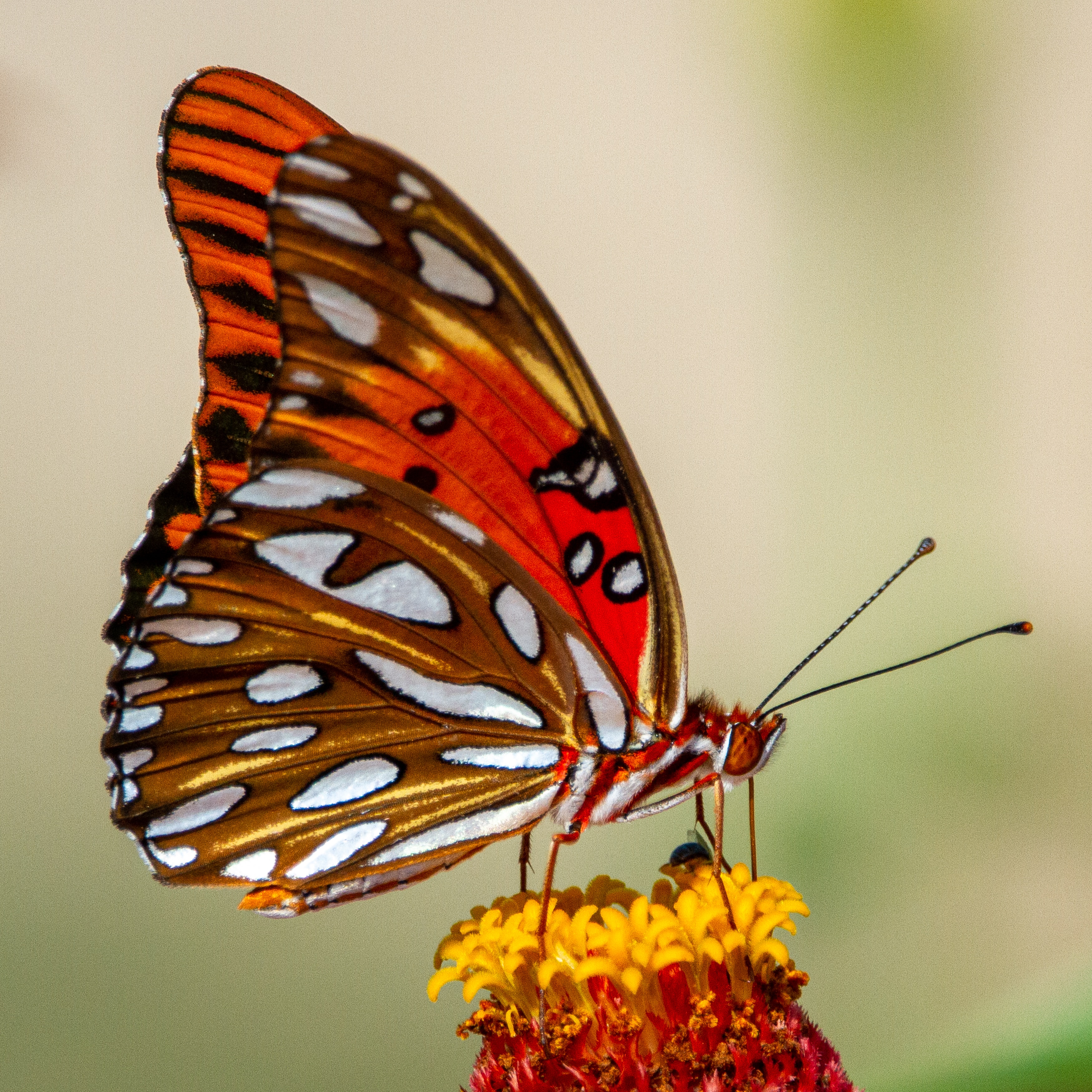
The vibrant colors seen on butterfly wings have led to breakthroughs in the development of reflective displays. By mimicking the microscopic structures that create these colors, researchers have designed energy-efficient, reflective displays for electronic devices. These bio-inspired displays have the potential to reduce energy consumption and enhance screen visibility, offering a more sustainable option for electronic displays.
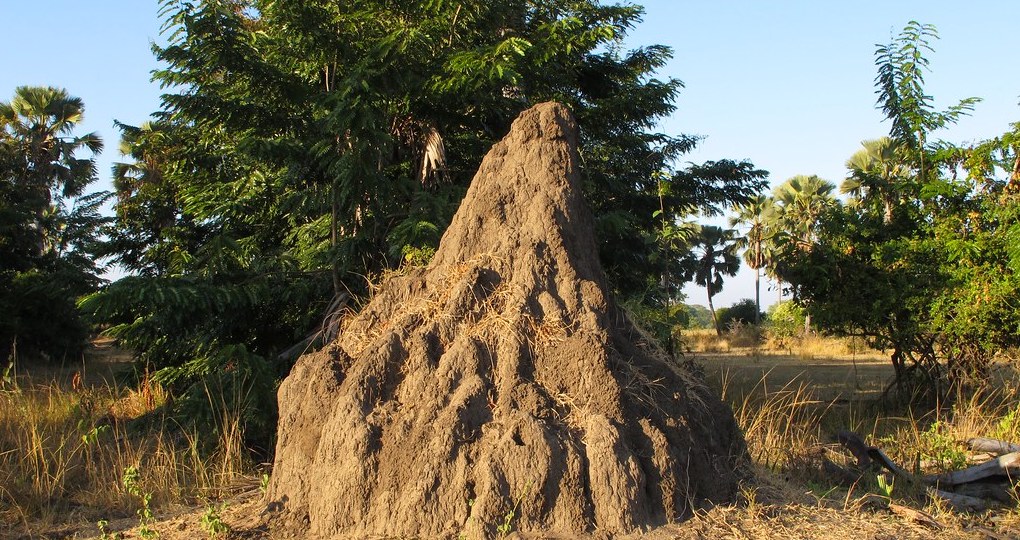
Termite mounds exhibit remarkable properties for regulating temperature and humidity. Architects and engineers have drawn inspiration from these natural structures to design sustainable buildings that utilize passive cooling and ventilation techniques. By incorporating principles derived from termite mound architecture, these bio-inspired buildings aim to reduce energy consumption and environmental impact, offering a harmonious blend of form and function.
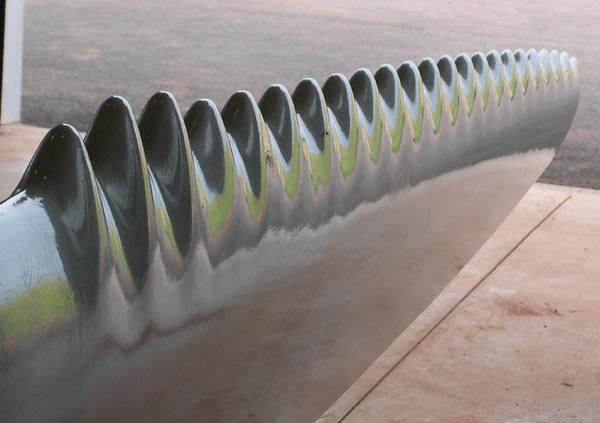
Whales, with their streamlined bodies and fins, have inspired advancements in wind turbine design. Engineers have studied the aerodynamic properties of whale fins to develop wind turbine blades that are more efficient and environmentally friendly. By mimicking the natural flow dynamics observed in whale fins, these bio-inspired wind turbines aim to enhance energy capture while minimizing noise and environmental impact.

The invention of Velcro was inspired by the adhesive properties of burdock burrs, which attach themselves to clothing and animal fur. This bio-inspired fastening solution has revolutionized various industries, from apparel to aerospace, offering a versatile and reusable alternative to traditional fastening methods.
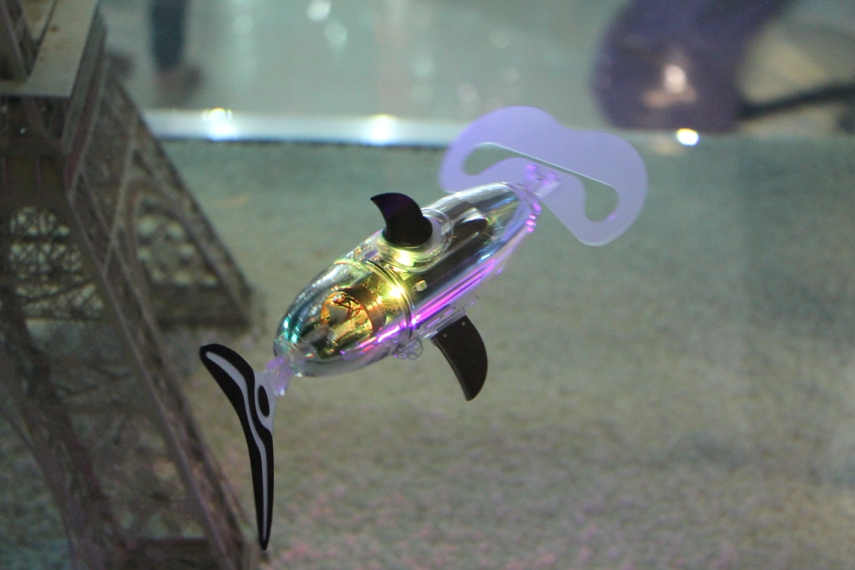
The study of fish locomotion has inspired the development of robotic fish that can mimic the swimming movements of their biological counterparts. These bio-inspired robots have applications in underwater exploration, environmental monitoring, and surveillance, offering a more agile and efficient alternative to traditional underwater vehicles.
As we continue to explore the wonders of biomimicry, it becomes evident that nature, with its eons of evolution, holds valuable lessons for innovation and sustainability. By embracing the principles and designs perfected by nature, we can unlock new possibilities and create a more harmonious relationship between technology and the natural world.
***
Rashid | May 29, 2024, 12:14 p.m.
Very informative post
Leave A Comment